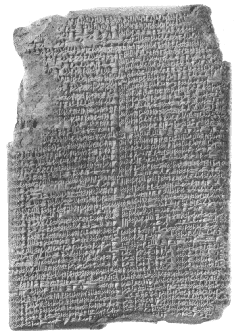|
Go to MUL.APIN 4 |
|
35. (Those are) the 15 Stars of d.Ea |
|
|
MUL.APIN 3 MUL.APIN |
|
MUL.APIN |
|
19. The Fish (KU6) d.Ea, the lead star of the stars of Ea. AK: The perhaps erroneously transcribed
Sumerian KU6 |
|
20. The Great God Ea (GU.LA
d.Ea) AK: Here again
GULA is Latvian "lying down" and represents EA, (I would like to note here again forcefully that U is
neither |
|
21. The star to his right: NIN.MACH |
|
22. The wild boar (EN.TE.NA.BAR.CHUM), d.NIN.GIR.SU AK: The Latvian term for boar is MEZHU
KUILIS and |
|
25. Two stars, which are
behind him: |
|
26./27. The star behind them,
as d.Ea rises (and) AK: Here the erroneous Sumerian transcription MUSH
is also used |
|
28. The star to the left
of the scorpion: AK: here again we
have the incomplete determinative UR. |
|
29. The Scorpion
(GIR.TAB), d.Ishchara, AK: Here again we
have TAB "two" and GIR- has many |
|
30. GAB.GIR.TAB, d.Lisi, d.Nabu |
|
31./32. Two stars on the
stinger of the Scorpion: |
|
33. The star behind
them: AK: There are a number of possibilities for
PA.BIL.SAG |
|
34. The Cargo-Boat (MA.GUR8)
and the Goat-Fish AK: Sumerian
MA.GUR is Latvian MAKSH-KER "fisher" |
|
23./24. The star to its side:
The Harrow ((GISH).GAN.UR), AK: See 20
above. The Apsu, Sumerian AB.ZU |
LexiLine
Knowledge

Learning
Research
|
For great star collectibles from the Franklin Mint click: |
|
|
.
Lexi ![]() Line
Line
.
Lexi ![]() Line
Line

























